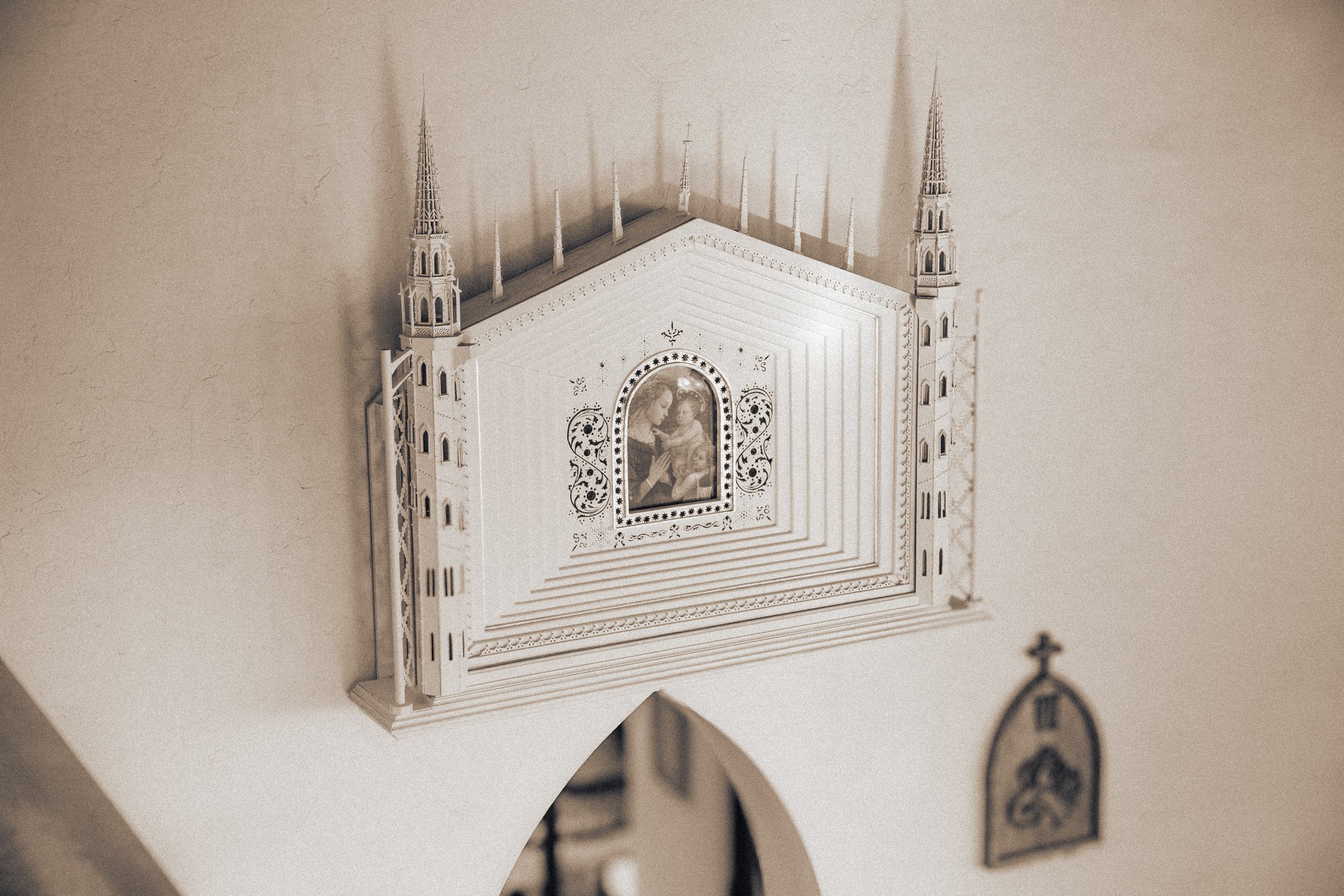The Lady Chapel
The Anglo-Catholic tradition generally views the Lady Chapel within a cathedral as an important and reverent space dedicated to the Virgin Mary. This practice reflects a deep respect for Mary, honoring her as the Mother of God and the model of Christian holiness. The Lady Chapel typically serves as a place for prayer, devotion, and reflection, highlighting Mary's intercessory role in the spiritual life of the Church. In many Anglo-Catholic settings, it is seen as a space for specific Marian devotions, often hosting images or statues of Mary, and is sometimes used for special services like the Feast of the Assumption or the Feast of the Immaculate Conception.
The creation of a Lady Chapel is also an expression of the broader Catholic and early Christian practice of revering saints and significant figures in the Church's history. Within the cathedral, this chapel serves to emphasize Mary’s role not only as a historical figure but also as a spiritual mother for the faithful.
This reverence aligns with a theological perspective that emphasizes the communion of saints, where individuals are encouraged to seek the prayers and intercession of Mary, as well as other saints. The Lady Chapel symbolizes this belief and reinforces the communal and intercessory nature of the Church.
Sources such as The Oxford Dictionary of the Christian Church and Anglo-Catholicism: A Study in the History of Doctrine provide further theological insights into the significance of Marian chapels in Anglican and Catholic traditions.


